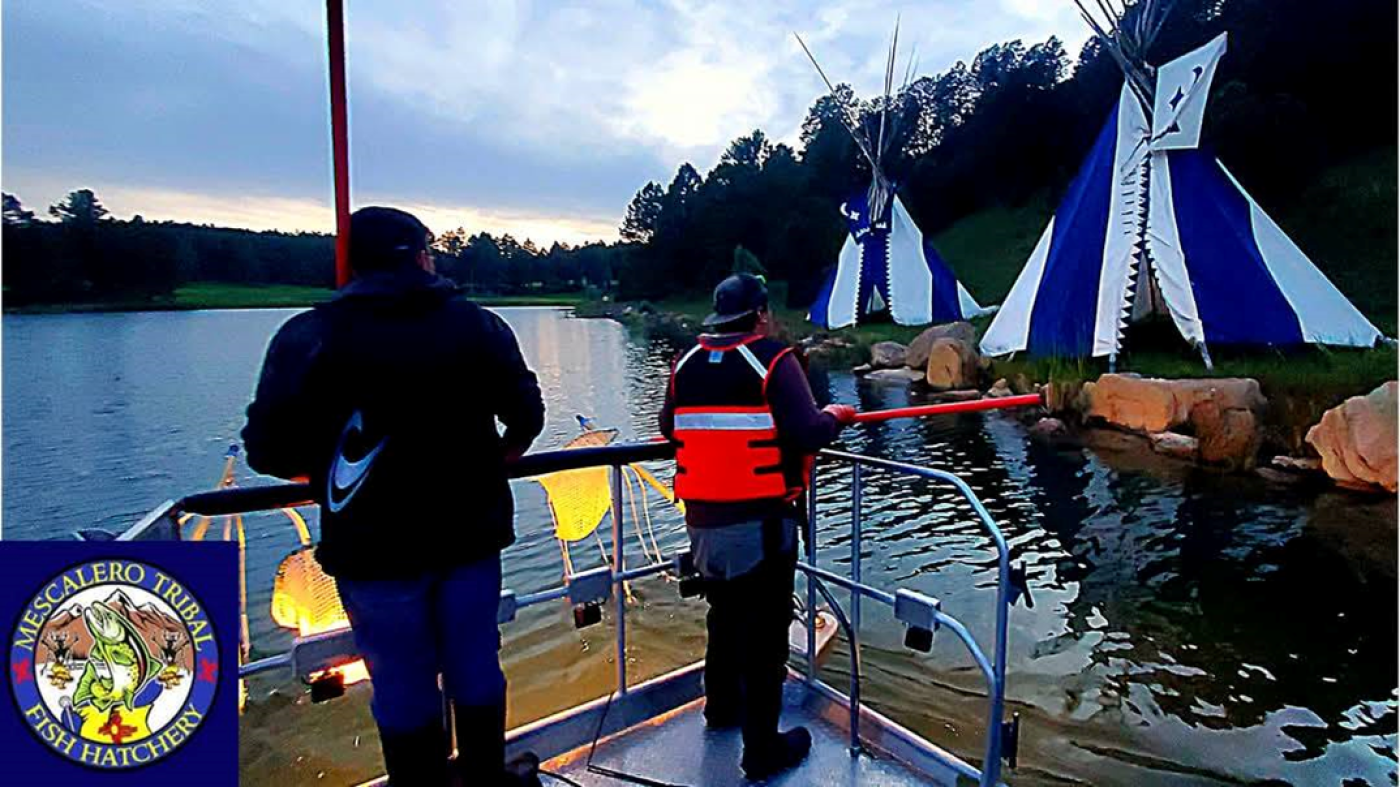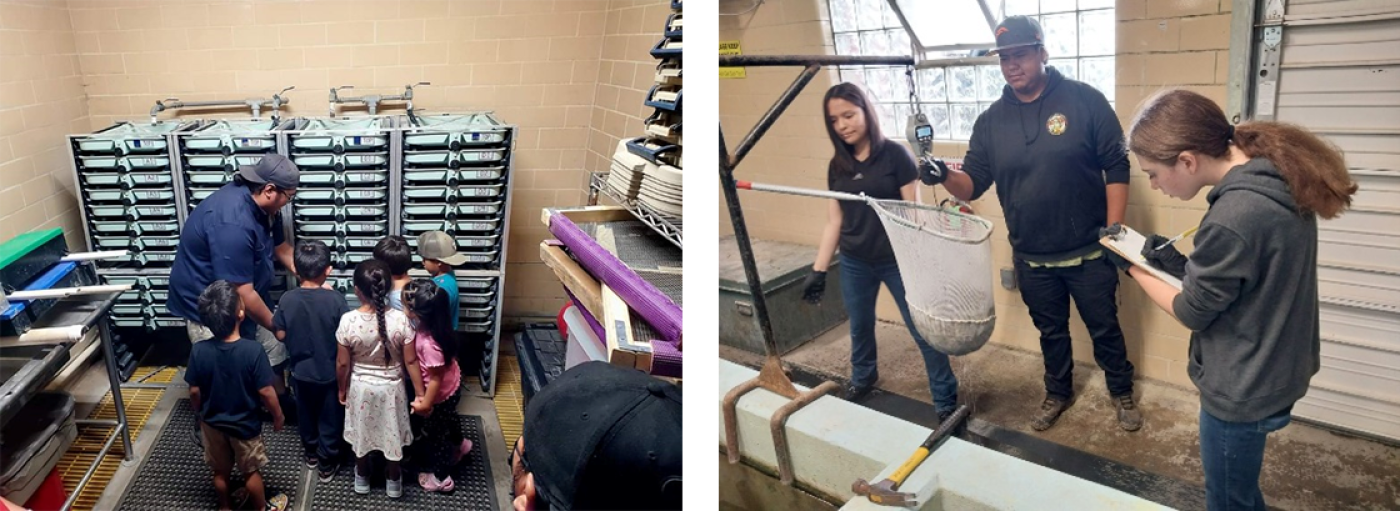The Branch of Fisheries, Wildlife and Recreation (BFWR) provides competitive funding to federally-recognized Tribes and Tribal Organizations’ programs to engage Tribal youth in natural resource management work and prepare them for careers related to fisheries, wildlife and outdoor recreation.
How to Apply
BFWR is not currently accepting project proposals for funding. Please check back as the 2026 Request for Funding Proposals (RFP) and application dates will be posted.
Federally-recognized Tribes and Tribal Organizations may submit project proposals to the Tribal Youth Initiative Program contact at their Bureau of Indian Affairs (BIA) Regional Office. Project proposals are scored according to published ranking criteria, with the highest-scoring projects receiving funding.
Project proposals may be inclusive of Tribal youth up to and including 26 years of age.
Each application may request between $2,000 - $50,000 in project funding.
Detailed information on what to include in your project proposal, ranking criteria, and information on BIA Regional Office Tribal Youth Initiative Program contacts can be found in the annual application linked below.
Previously Funded Tribal Youth Initiative Projects
Mescalero Tribal Fish Hatchery
Oftentimes partnering with the Mescalero Apache Tribal Schools and US Forest Service in New Mexico, the Mescalero Tribal Fish Hatchery staff provide programs for local youth to gain hands-on experience and learn about hatchery operations.



Photos provided by Tori Marden, Mescalero Hatchery Manager, show youth touring hatchery facilities and participating in a range of activities such as common carp removal, eDNA sampling, lot feeding, and stocking.
Regional Contact Information
| Region | Contact Name | |
|---|---|---|
| Alaska | Rosalie Debenham, Fisheries and Wildlife Biologist | rosalie.debenham@bia.gov |
| Eastern | Mikail Kane, Natural Resources Specialist | mikail.kane@bia.gov |
| Eastern Oklahoma | Justin Morgan, Soil Conservationist | justin.morgan@bia.gov |
| Great Plains | Todd Hauge | hauge.todd@bia.gov |
| Midwest | Drew Becker, Regional Branch Chief of Fish, Wildlife, and Parks | drew.becker@bia.gov |
| Navajo | Delores Becenti, Regional Geospatial Coordinator | delores.becenti@bia.gov |
| Northwest | Ashton Harp, Fisheries Biologist | ashton.harp@bia.gov |
| Pacific | Peter DeJongh, Regional Biologist | peter.dejongh@bia.gov |
| Rocky Mountains | Frank (Desi) Rollefson, Wildlife Biologist | frank.rollefson@bia.gov |
| Southern Plains | Michael Hardsaw | michael.hardsaw@bia.gov |
| Southwest | D. Christ Kitcheyan, Regional Biologist | david.kitcheyan@bia.gov |
| Western | Catherine Wilson, Supervisory Water Rights Specialist | catherine.wilson@bia.gov |
Additional Information
Related Pages
Contact Us
Albuquerque, NM 87104


